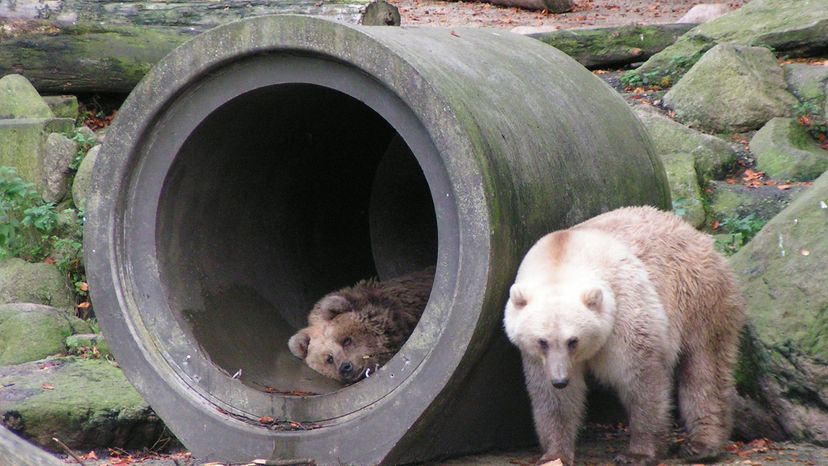The big question surrounding grolar bears is whether they can survive and thrive in the wild. These hybrid bears are a product of a rapidly changing environment, where polar bears are being forced out of their traditional sea ice habitats and into areas populated by grizzlies.
While polar bears evolved to rely on the frozen Arctic for hunting seals, the hybrid nature of grolar bears may give them a survival advantage in a warming world, where they can forage on land like their grizzly bear parent.
However, grolar bears also face unique challenges. They are not as specialized as either parent species; polar bears are expert hunters of seals, and grizzlies have perfected foraging and hunting on land. As such, grolar bears must adapt to a variety of food sources and environments to survive.
So far, the polar bear-grizzly hybrids have been seen foraging for food on land, including vegetation and small mammals, suggesting that they might inherit the grizzly's more adaptable diet.
The long-term viability of grolar bears in the wild is still unknown. As climate change continues to reshape the Arctic and the habitats of polar and grizzly bears overlap even more, these hybrid bears could become more common.
We created this article in conjunction with AI technology, then made sure it was fact-checked and edited by a HowStuffWorks editor.
